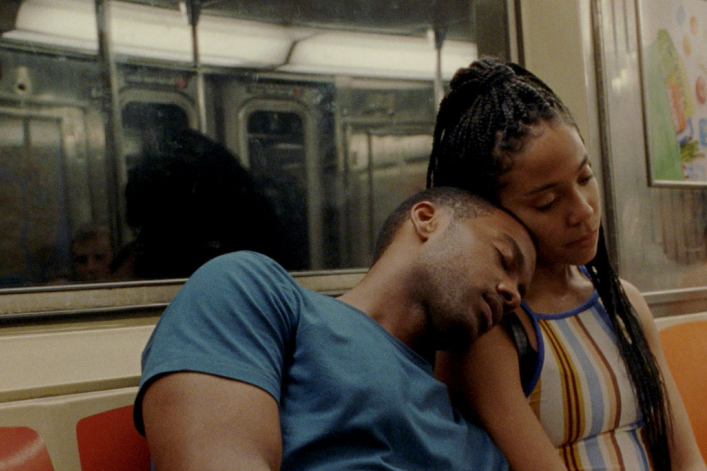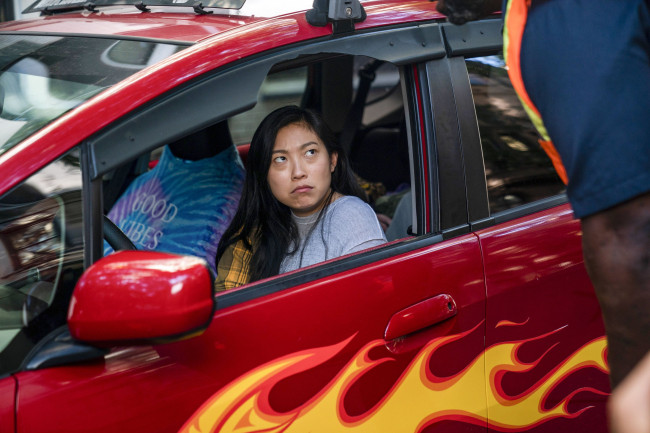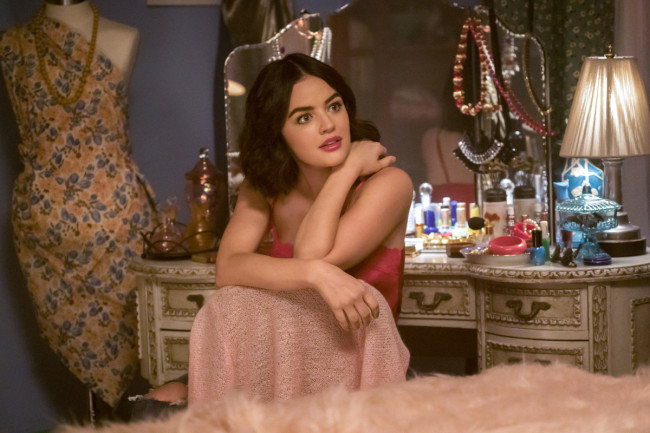‘Premature,’ a raw story about young love in Harlem, keeps the real estate true to life

In many ways, the movie feels refreshing, because it shows how people really live in NYC, instead of a glossy, sanitized version of the city.
“Premature” is a newly released movie co-written by Rashaad Ernesto Green and Zora Howard, who stars as Ayanna, a 17-year-old aspiring poet who falls in love with an older man, Isaiah (Joshua Boone). Their love story is set in Harlem—and the movie is also a love letter to Harlem—an ungentrified version of the neighborhood that’s worlds apart from fancy new developments. It feels more authentic than other films preoccupied with showing fancier versions of the city.
It’s summer in NYC. Fresh out of high school and about to head off to college, Ayanna’s days are spent like many city teens: riding the subway with friends, hanging out in the park, and flirting. But when she meets Isaiah, a North Carolina transplant and struggling music producer, her life becomes far more complicated.
[Editor's note: When a movie or TV show is set in New York City—and if the people making it are savvy—real estate becomes part of the story itself. In Reel Estate, Brick Underground reality checks the NYC real estate depicted on screen].
The couple first locks eyes on the subway headed to 145th and Broadway, and everything about their love affair rings true, from the couple’s furtive glances, initial shyness, and later, immature fits of jealousy.
The setting reinforces this authenticity. Green filmed on 16 millimeter, occasionally shooting scenes without a permit, according to Variety. In many ways, the movie feels refreshing, because it shows how people really live in NYC, instead of a glossy, sanitized version of the city.
The teens get around by subway—no are Ubers or taxis for them. The apartments are prewar and unrenovated—there are no gratuitous chef’s kitchens here. What is a love story set in New York City can also be thought of as a love story about New York City.
The filmmakers considered Harlem itself to be a main character. In an interview with MSN, the writers, who are both from the area, explained that it was essential to base the story there in order to counteract negative stereotypes.
Green wanted to show the real Harlem—one filled with family, love, and vibrant. And that they do—the fashion, the slang, and the buildings showcase the energy of Harlem.
The story focuses on a residential section of Harlem that’s rapidly changing—as opposed to the more tony and touristy section of 125th Street.
Ayanna’s apartment is a shabby two bedroom in the West 140s where she lives with her single mother. It is a basic, prewar rental with walls painted over too many times. There’s unmatched furniture, folding chairs, and an old white fridge. Her mother is worried about out how she’ll come up with tuition payments for her daughter.
Isaiah’s apartment doesn’t hold much more than a bed, keyboard, and record player and something every New Yorker who has ever lived in a cheap old rental will know very well: A silver-painted radiator, the kind that hiss and clang when the heat comes on in the morning.
There are mildewed showers with cracked tiles and large steam pipes. Not something you want to back into while naked.
The movie is straightforward about its characters’ economic status: Ayanna meets up with Isaiah in a local laundromat; her building doesn’t have a laundry room. She and her friends get cheap manis at a local Korean salon. She ducks into a bodega selling $1.29 rolls of paper towels to pick up an off-brand pregnancy test. At a crowded party, Ayanna refills her water bottle from the sink.
Ayanna’s best friend lives with her young sister, who is a single mom, and the sister’s two kids. They sit on their on stoops as if a front porch and hang out in the park like it’s their own backyard. They host cookouts there, use the playground as a sort of daycare center, and sit by the rocks looking out onto the water for romantic late-night dates.
One hot summer night Ayanna and Isaiah celebrate their love by getting naked on her building’s unfinished roof, briefly flashing the city just after dawn. Less scared of rats and more concerned someone will call the NYPD, their act illustrates the film’s rawness and has a lasting effect on the viewer.
When summer (and the romance) ends, it’s time for Ayanna to head to college. She loads a single suitcase onto the subway platform, ready to leave her neighborhood, and begin her new life. We are left to assume that while the girl may be leaving Harlem, Harlem will forever be engrained in the girl.
You Might Also Like


























